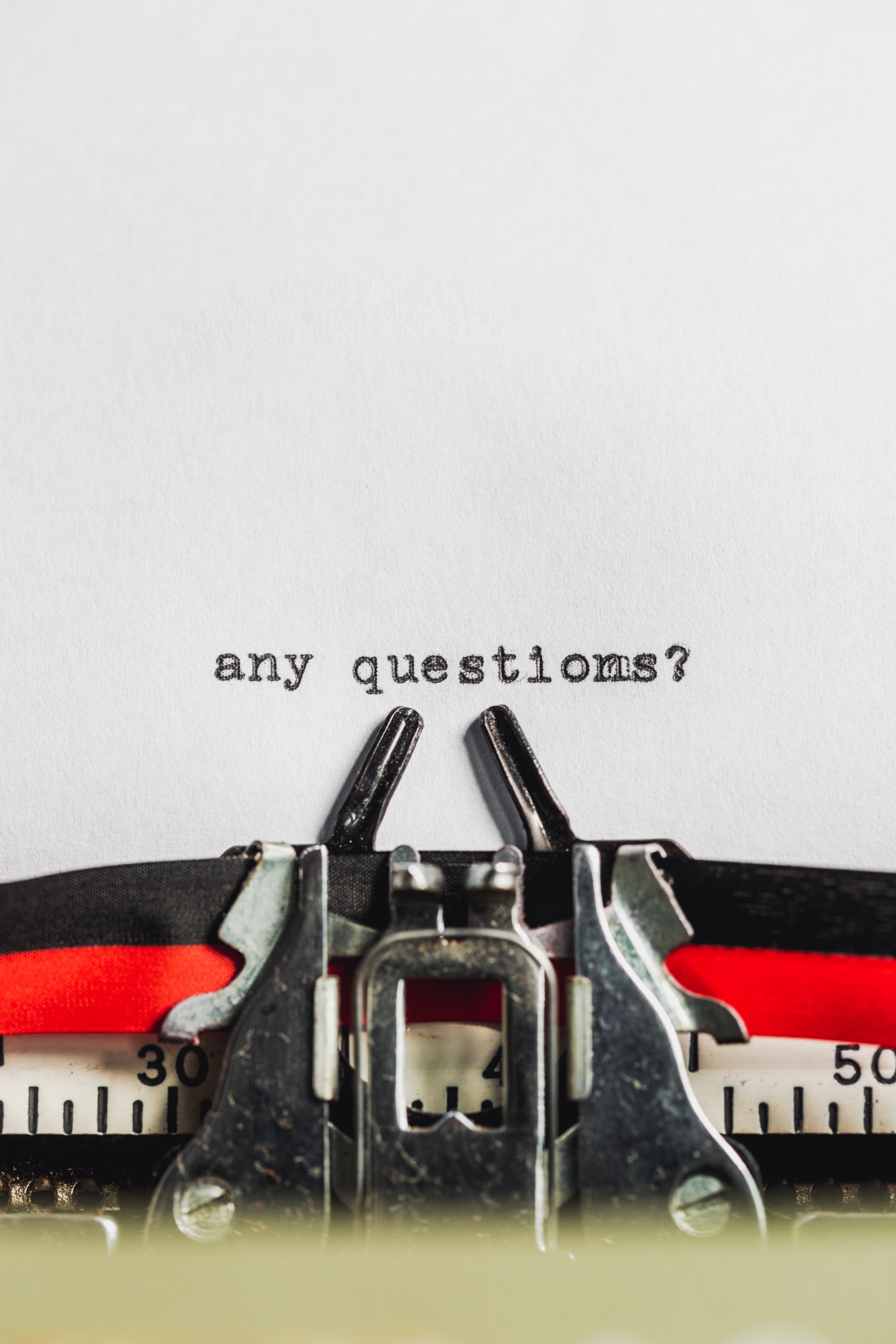How to check for fake money in South Africa?
Find Fake Money in South Africa
1. Inspect the Note Visually
- Look for the watermark: Hold the note to the light to see a detailed portrait of Nelson Mandela.
- Examine the security thread: Check for its position and any colour changes when the note is tilted.
2. Feel the Note
- Check for raised printing on the text, numbers, and portraits.
- Feel the texture of the paper; genuine notes feel firm and slightly rough, while counterfeits may feel waxy or flimsy.
3. Use a UV Light Detector
- Place the note under a UV light. Genuine notes will have glowing elements, such as the note’s value and certain patterns.
* Click here to explore our range of UV Light Detectors
4. Examine the Holographic Foil
- Higher-denomination notes have holographic foil that changes colour when tilted.
5. Use Technology for Verification
The safest way to ensure counterfeit notes don’t enter your business is by using a
-
Note counting machine with built-in counterfeit money detection.
- Stand-alone counterfeit money detector
* Click here to explore our range of Note Counters with built-in counterfeit detection.
These tools provide fast, reliable results, saving you time and effort.
What to Do If You Suspect Counterfeit Money?
Refuse to Accept the Note
Politely explain your concerns to the person presenting the money.
Then Report It - Contact the South African Reserve Bank (SARB) or the nearest police station to report counterfeit money. Keep the note and provide details about how you received it. If you encounter dye stained notes follow these steps.
Educate Your Team: Train employees on how to check for counterfeit money and ensure they know how to use tools like counterfeit detectors.
Common Signs of Counterfeit Money
Fake banknotes often lack the intricate details found in genuine currency. Here’s how to check for counterfeit money by identifying common signs of fake notes:
1. Poor Printing Quality
Fake notes may have blurry images, uneven edges, or misaligned text. Genuine South African notes are printed with crisp, detailed designs.
2. Missing or Fake Security Features
- Watermarks: Genuine notes have a clear portrait of Nelson Mandela visible when held to the light. Fake money often lacks this or shows a poor imitation.
- Security Threads: Authentic banknotes have a thread embedded in the note, which may change colour or appear as a continuous line under light.
3. Texture Issues
Genuine South African notes have raised printing, especially on text and numbers, while counterfeit notes may feel flat or smooth.
4. Color Inconsistencies
Counterfeit notes often have dull or inconsistent colours compared to real banknotes.
5. No UV Features
Under ultraviolet (UV) light, certain parts of the note (such as the denomination) glow brightly. Counterfeit notes usually lack this feature.
Why Use Avansa for Counterfeit Detection?
If you don’t require a money counting machine, a stand-alone counterfeit money detector is another excellent option. These devices are affordable, easy to use, and designed for quick counterfeit detection.
The Avansa range of note counting machines is equipped with cutting-edge technology to detect counterfeit notes during the counting process. They combine speed, accuracy, and advanced security features, making them an essential tool for any business.
Benefits of Avansa tools include:
- Quick Results: Instantly detect fake notes.
- User-Friendly Design: Easy to operate for any staff member.
- Advanced Detection: Combines UV, magnetic ink, and infrared scanning for maximum security.
For businesses that don’t need counting capabilities, Avansa also offers stand-alone counterfeit money detectors, ideal for smaller operations or those seeking a budget-friendly option.
Why Knowing How to Check for Counterfeit Money Matters
Fake currency poses a significant risk to businesses. By understanding how to check for counterfeit money and using tools like the Avansa note counting machines or stand-alone counterfeit detectors, you can protect your finances and reputation.
Investing in counterfeit detection technology is a smart move for any business. With Avansa’s reliable solutions, you can ensure that every note you handle is authentic. Visit Avansa today to explore their range of advanced counterfeit detection tools and keep your business secure.
The most effective way to check for counterfeit money is by using tools like the Avansa range of note counting machines with counterfeit detection. These machines detect magnetic ink, UV light features, and infrared patterns, ensuring every note is genuine.Counterfeit money can harm businesses and individuals, leading to financial loss and reputational damage. Knowing how to check for counterfeit money is crucial to protecting yourself and your business. South African banknotes include several security features designed to make counterfeiting difficult, but understanding how to spot fake notes is your first line of defence.
Frequently Asked Questions:
How to check if a note is real?
To verify a banknote’s authenticity, use the "Look, Feel, and Tilt" method:
- Look: Hold the note up to the light to see the watermark of Nelson Mandela and the embedded security thread.
- Feel: Genuine notes have raised printing on the portrait and the words "SOUTH AFRICAN RESERVE BANK."
- Tilt: Tilt the note to observe colour-changing ink and other dynamic security features.
- For more details, refer to the South African Reserve Bank's guidelines.
How to spot fake notes in South Africa?
Fake notes often lack key security features. Look out for:
- Poor printing quality with blurry images or misaligned text.
- Missing or incorrect security features, such as absent watermarks or security threads.
- Unusual texture – fake notes may feel waxy, smooth, or overly flimsy compared to genuine banknotes.
- Checking with a UV light or counterfeit detector pen can provide further confirmation.
What tools can assist in detecting counterfeit money?
Various tools can help identify fake currency, including:
-
UV Light Detectors: Highlight security features that fluoresce under ultraviolet light.
-
Counterfeit Detector Pens: React with paper starch to indicate authenticity.
-
Advanced Money Counters: Some have built-in counterfeit detection features.
These tools are commonly used by businesses handling large cash transactions.
What should I do if I receive counterfeit money?
If you suspect you have received a counterfeit note:
- Do not use it – knowingly passing fake money is illegal.
- Report it to the police – take the counterfeit note to the nearest police station.
- Never attempt to exchange or deposit counterfeit money, as banks will not accept it.
Question: Will banks replace counterfeit money?
Answer: No, banks do not replace counterfeit banknotes. Once confirmed as fake, the note has no value and cannot be exchanged. It is important to check notes carefully before accepting them.
What to do with fake banknotes?
If you identify a counterfeit note, report it to the police or the South African Reserve Bank. Do not attempt to circulate it, as this is illegal.
What are the security features on South African banknotes?
South African banknotes contain several security features to prevent counterfeiting, including:
- Watermark: A shadow image of Nelson Mandela visible when held up to light.
- Security Thread: A thin embedded strip that appears solid when viewed against light.
- Colour-Changing Ink: The denomination numeral changes colour when tilted.
- Microprinting: Tiny text that is difficult to reproduce.
- Raised Printing: Certain areas of the note, such as the portrait and words, feel rough to the touch.
- UV Features: Special markings and fibres visible under ultraviolet light.
- Holographic Features (on new notes): Shine the note at different angles to check for changes.
💡 Tip: Try to stay up to date on the new banknotes released and their security features. Also: Older R200 and R100 notes, are commonly targeted by counterfeiters so always check them carefully. If you suspect a note is fake, do not accept it and report it to the authorities.
For more information, visit the South African Reserve Bank’s website or consult one of our experts in counterfeit detection.
Source: South African Reserve Bank





